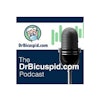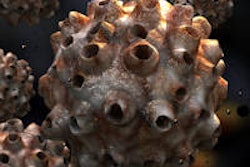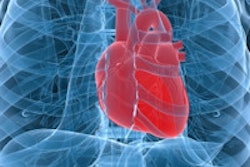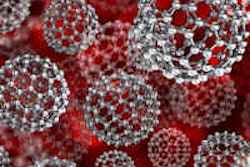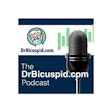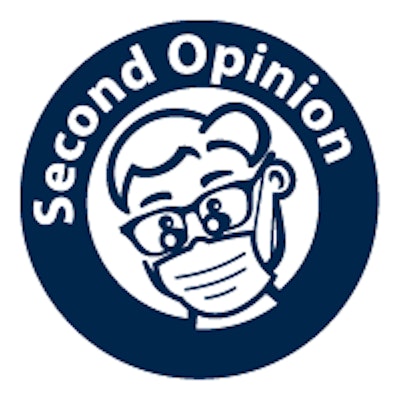
In a 2009 American Dental Association member survey, nearly 65% of dentists responded that they believe dental technicians and laboratories are regulated in their state. This is not the case. In fact, only four states in the U.S. require either certification or continuing education for creating devices that are, in some cases, permanently placed in patents' mouths. In addition, dental laboratories in more than 40 states in the U.S. remain unregulated, and foreign imports may not be held to the same level of scrutiny.
Poorly made dental restorations -- whether made in the U.S. or abroad -- can lead to a range of health consequences for patients and, in turn, legal consequences for dentists. Growing demand for dental work in the U.S. has created a market that features both high-end and economy-priced work. This has inspired some unqualified producers to set up shop almost anywhere, with a strong disregard for hygiene and sanitation standards, such as the Ohio basement laboratory exposed in a news story in November 2013.
The National Association of Dental Laboratories (NADL) is hoping to create patient and dentist awareness through its "What's in Your Mouth?" campaign, designed to give patients, dentists, and the dental laboratory community the information necessary to make informed decisions about their dental needs.
Here are five ways dentists can ensure their patients are getting the quality restorations they deserve.
Find out if your state requires minimum dental laboratory standards. Most state dental practice acts do not regulate or set standards for operating dental laboratories or for dental technicians. It is important that dentists seek to work with individuals and companies that have voluntarily achieved "third-party verification" of their skills, knowledge, and operating standards.
Find a certified dental technician (CDT) to work with. The ability of dentists to deliver a high standard of care in restorative and cosmetic dentistry is enhanced by working with a formally educated, trained, and/or certified dental technician. Dental technicians bring considerable experience and subject matter expertise in the areas of dental materials, technology utilization, shade verification, and implant dentistry. Dental technicians are true partners in helping dentists grow their practice. Dental technicians, although generally operating behind the scenes in the oral health team, are a crucial part of ensuring the delivery of quality dental care.
Find a certified dental laboratory (CDL) and a Dental Appliance Manufacturers Audit System (DAMAS)-accredited laboratory to work with. Dental restorations increasingly are being imported from countries such as China, India, and Vietnam. Depending on the country, those dental laboratories may not be subject to the same scrutiny that domestic laboratories receive from the U.S. Food and Drug Administration (FDA). It is crucial for dentists to be informed of where exactly they are getting their restorations from.
The DAMAS specifications provide a clear-cut process for improving documentation in every facet of laboratory operations, including dental prescriptions/work authorizations, patient contact materials, subcontractor/supplier agreements, material and equipment purchases, employee training, maintenance and calibration of equipment, labeling, customer complaints, and material traceability. To ensure product quality and foster a professional industry relative to quality assurance, NADL offers this system as a resource to dental laboratories.
Stay up-to-date on legislative updates. Staying informed will help dentists and their staff become a go-to source for patients' restoration questions.
If you are working with a CDT and CDL, inform your patients that they are receiving quality dental restorations. Patients have a right to know. Patients should have access to their personal dental records that outline the patient contact materials that are used in their restorations and also in what country such finished restorations are manufactured. Patients should be aware that approximately 25% of U.S. dental laboratory sales and 38% of actual restorations are manufactured overseas. Currently, 42 countries have foreign dental laboratories registered with the FDA.
 The National Association of Dental Laboratories (NADL) is hoping to create patient and dentist awareness through its "What's in Your Mouth?" campaign, designed to give patients, dentists, and the dental laboratory community the information necessary to make informed decisions about their dental needs.
The National Association of Dental Laboratories (NADL) is hoping to create patient and dentist awareness through its "What's in Your Mouth?" campaign, designed to give patients, dentists, and the dental laboratory community the information necessary to make informed decisions about their dental needs.Gary Iocco is president of the National Association of Dental Laboratories. He can be reached at [email protected]. For more information, please visit the NADL website.
The comments and observations expressed herein do not necessarily reflect the opinions of DrBicuspid.com, nor should they be construed as an endorsement or admonishment of any particular idea, vendor, or organization.
